The capital of Bavaria is filled with historic routes which over the centuries have shaped the modern face of Munich and Germany itself. Numerous craft workshops, which later grew into factories and plants, turned Munich and its surroundings into a powerful industrial innovation center, driving the development of the city. Today, moving around Munich, it is almost impossible not to pass by places that influenced many historic personalities, where ideas were born, implemented and later had a direct impact on today’s technical progress. It so happened that in 2018 several engineering and educational institutions of the city celebrated their anniversaries.
The Technical University of Munich, founded by the King of Bavaria in 1868 as the Ecole Polytechnique, celebrated its 150th anniversary. The Deutsches Museum Masterpieces of Science and Technology celebrated its 115 year anniversary, following its founding in 1903 by the Society of German Engineers. The Bavarian State Library, one of the largest in Europe, was founded 460 years ago. Finally, 10 years ago, in 2008, after a major renovation, the BMW History Museum was reopened, presenting the most practical and demonstrable illustration of Bavaria's technical achievement.
The Technical University of Munich is one of the largest universities in Germany, with more than 40,000 students studying in a variety of specialties, including engineering, life sciences and information sciences. The university also has several research centers such as the Renewable Energy.
Source: Advanced Energy Technology
Center and the Energy Center. Leading organizations that measure the competitive performance of universities in the world, such as QS Quacquarelli Symonds and TPG Capital (QS World University and Times Higher Education World University Rankings) consistently rank it among the top 100 universities in their Engineering and Technology category.
About two dozen Nobel laureates are associated in one way or another with the Technical University of Munich. Among them include: Klaus von Klitzing, the discoverer of the Hall Effect; Richard Robert Ernst, who contributed to the study of Nuclear Magnetic Resonance processes; Gerhard Ertl, who studied chemical processes on solid surfaces, in particular the catalytic oxidation of carbon monoxide over platinum; and Rudolf Ludwig Mössbauer, for the discovery of the recoilless nuclear resonance fluorescence (Mössbauer effect).
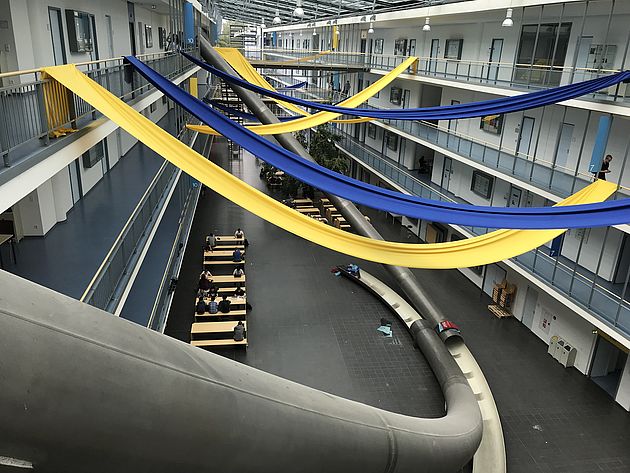
Technical University of Munich
Source: Advanced Energy Technology
A number of innovative technologies developed at the university have found wide application in industry, leading to it often being referred to as a university for business. Many successful companies sponsor the research and engineering of the university, confident in the TU’s record of competitiveness. The list of notable entrepreneurs educated at the Technical University of Munich includes, for example, Ernst von Siemens, who completed the merger of several companies into a single industrial giant known today as Siemens AG; Oskar von Miller, who built Germany's first power plant in 1884 and was among the founders of the AEG corporation; and Norbert Reithofer, long-time chairman and chief executive officer of the auto giant BMW. Even among such companies, two names stand out - the university professor Carl von Linde and one of his students Rúdolf Diésel. Today, the Linde Group, founded in 1879 by Carl Linde and his partners, is a global industrial gas, industrial engineering and renewable energy giant. The company's annual turnover is over 20 billion euros. An important area of the company's activity is the production of pure hydrogen. Linde owns over 20% of the world's compressed hydrogen and about 7% of liquefied hydrogen. In addition, the company has a significant network of hydrogen pipelines and hydrogen refueling stations.
Hydrogen fueling stations Linde
Source: Advanced Energy Technology
Interestingly, the world's first high-performance refrigeration units, which laid the foundation for an entire industry, were invented by Carl Linde in 1875 at the request of local Bavarian breweries. Later, as they were industrialized and transformed into prototypes of modern refrigerators, they became the technology that changed the world, greatly influencing the production and distribution of food for a growing population. For these achievements, Carl Linde was awarded a noble title, adding the honorific "von" to his name. Today one of the most discussed business events is the possible merger of the Linde Group with the American Praxair. Should this happen a global multinational company with enormous industrial potential will be created. Thus, in one of the most promising industries related to the production of cryogenic liquid hydrogen, more than 40% of assets will belong to this giant.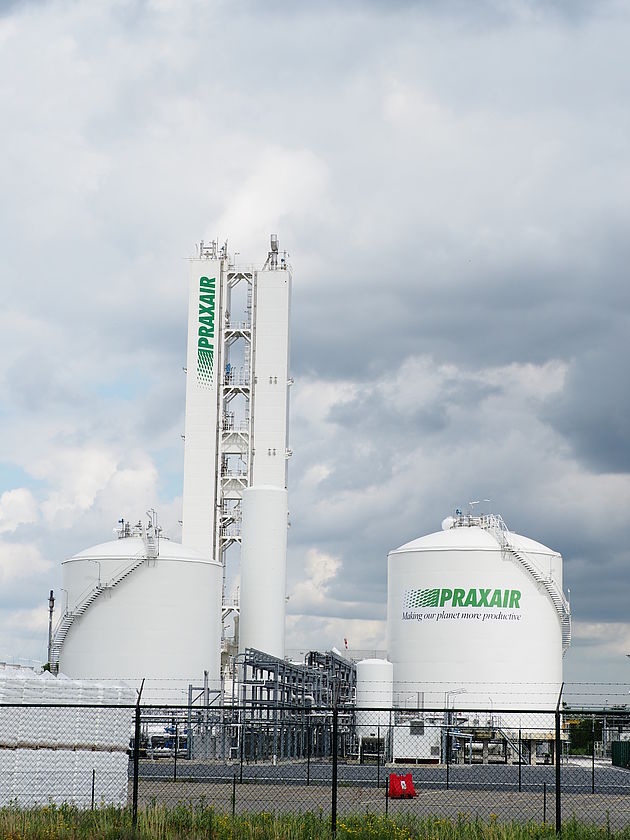
Praxair Inc. is an American worldwide industrial gases company. Credit I.Ciorici
For more than 100 years, the technical term “diesel engine” has been employed in common vocabulary, and the number of operating machines employing this technology is simply impossible to count. Rúdolf Diésel, a former top student at the Technical University of Munich and disciple of Carl Linde, was responsible for its invention in the last decade of the 19th century. During this time, Diésel registered several patents, and at the beginning of the following century the diesel engine gained universal recognition and distribution in the automotive and shipbuilding industries, and later in the heavy and energy industries. The diesel engine is based on the principle of self-ignition of fuel, injected into a cylinder with highly compressed air. The high engine efficiency and ease of regulation of the air-fuel ratio has led to the worldwide popularity of the diesel engine. Unfortunately, the personal fate of Rúdolf Diésel was a tragic one; by 1913, he almost went bankrupt and died under ambiguous circumstances.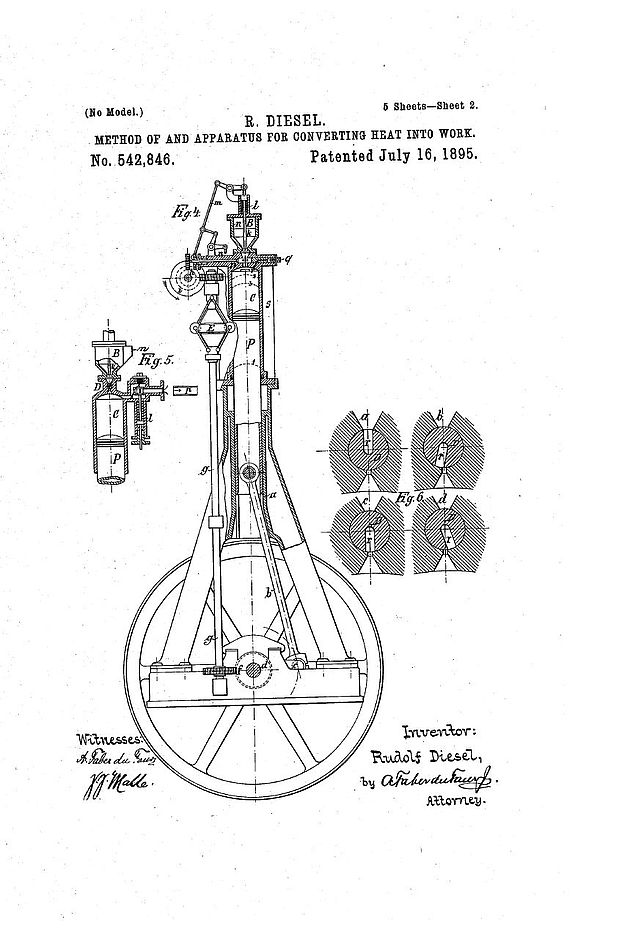
Rúdolf Diésel U.S. Patent 542,846. Google Patents
In 1903 (115 years prior to 2018), on the initiative of Oskar von Miller, a graduate of the Technical University of Munich, the Deutsches Museum Masterpieces of Science and Technology was founded. Today the museum has the world's largest collection of exhibits that trace the history of technology and natural science. Among them include the design of The Eclipse Windmill, by the American inventor Leonard Wheeler, whose inventions served as the basis for modern wind turbines. The control system developed by Wheeler regulates the position of the wheel relative to the wind, prevents excessive revolutions, and returns it to a neutral position during adverse weather conditions. The mechanical machinery collection includes a full-scale replica of James Watt's 1788 steam turbine; a Wankel Engine; a Steam Locomotive; the first 1897 Diesel Engine and many other machines in chronological order, up to the latest gas turbine engines. Of particular interest are such rare exhibits as the Flywheel energy storage system, a full range of various models of hydraulic turbines, and the engine of Ernst Alban.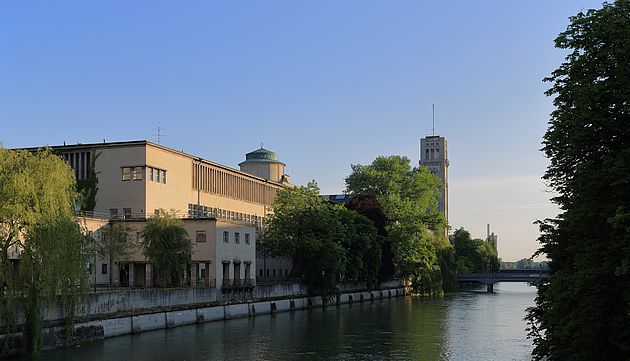
The Deutsches Museum in Munich in the evening. Martin Falbisoner. CC BY-SA 4.0
The collection of the museum is divided by subject - Natural Sciences; Materials, Energy, Production; Traffic, Mobility, Transportation; Communication, Information, Media; Man and the Environment. About 1.5 million people visit the Deutsches Museum every year.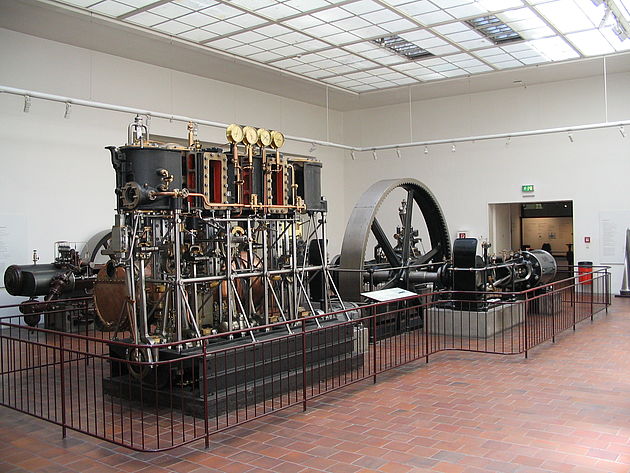
Historical steam engine exhibits. Andreas Fränzel. CC BY 2.5
Another Munich museum that celebrated its jubilee is the BMW Museum, which opened its doors to visitors in 2008, following years of reconstruction that expanded its site to 5000 m². The futuristic design of the museum emphasizes the main character traits of BMW - aggressiveness, discreet sophistication and boundless energy.
BMW-Museum. Credit I.Ciorici
BMW 328. Ank Kumar. CC BY-SA 4.0
The exhibits presented in the museum allow us to trace the company’s history through its famous cars, motorcycles, engines, as well as the latest BMW concept cars.
Munich's rich engineering heritage is translated into modern technology to meet the challenges of the times. One of the trends is an increase in the share of renewable sources for the production of electricity. Today, it is not uncommon in Germany for 30-35% of electricity generated to come from wind or solar sources.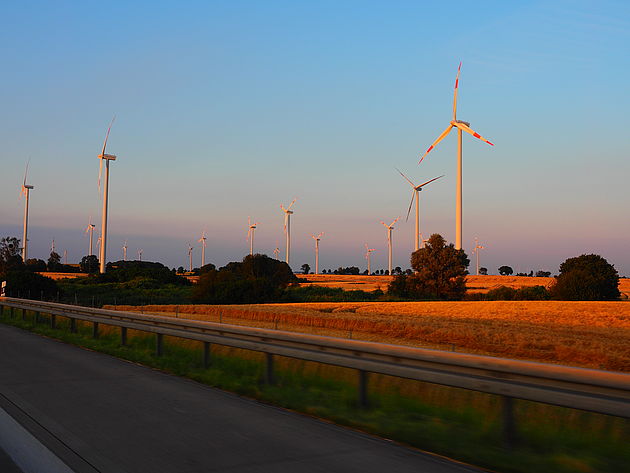

Munich’s surrounding area. Credit I.Ciorici
